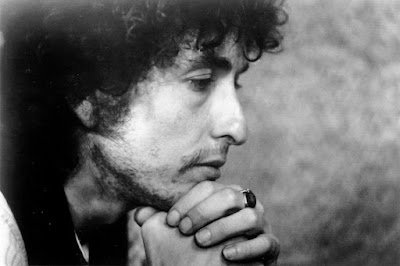Escrita por Mentor Williams, foi gravada inicialmente por John Henry Kurtz, em 1970 e lançada em 1972 no disco Reunion. No entanto a nossa versão é a de Rod Stewart, de 1975, do disco Atlantic Crossing, o sexto da carreira de Rod. Foi regravada tambem por Dobie Gray e se tornou um hit internacional em 1973, chegando ao número 5 do Billboard Hot100. Além deles, foi regravada por Roy Orbison, Ike and Tine Turner, Jackie DeShannon, Waylon Jennings, Ray Charles, Jon Bon Jovi, The Rolling Stones, Ringo Starr, e Bruce Springtsteen, entre outros artistas. A versão escolhida por nós, de Rod Stewart, foi gravada entre abril e junho de 1975 e lançada em 15 de agosto de 1975.
A letra:
Day
after day I'm more confused
As I look for the light through the
pouring rain
You know that's a game that I hate to lose
I'm
feelin' the strain, ain't it a shame
Oh, give me the beat,
boys, and sooth my soul
I wanna get lost in your rock and roll and
drift away
Give me the beat, boys, and sooth my soul
I wanna get
lost in your rock and roll and drift away
Beginning to think
that I'm wasting time
I don't understand the things that I do
Cause the
world outside looks so unkind
I'm countin' on you, to carry me
through
Oh, give me the beat, boys, and sooth my soul
I
wanna get lost in your rock and roll and drift away
Give me the
beat, boys, and sooth my soul
I wanna get lost in your rock and
roll and drift away
When my mind is free
Your melody can
move me
When I'm feelin' blue
The guitar's comin' through to
soothe me
Thanks for the joy that you've given me
I want you to
know I believe in your song
The Rhythm and rhyme and harmony
You
help me along, you're always makin' me strong
Oh, give me the
beat, boys, and sooth my soul
I wanna get lost in your rock and
roll and drift away
Give me the beat, boys, and sooth my soul
I
wanna get lost in your rock and roll and drift away
Oh give me the
beat, boys, and sooth my soul
I wanna get lost in your rock and
roll and drift away
Give me the beat, boys, and sooth my soul
I
wanna get lost in your rock and roll and drift away
Won't you help me? Won't you help me? Won't you help me...
A versão de Rod Stewart:
A versão de Dobie Gray:
A versão de Roy Orbison:














